
Please wait

With great pleasure, we are proud to present the third edition of Bitola Outdoor Festival which will be held for three days from June 25 to June 27, 2021, in different locations in the city Bitola and National Park Pelister. Bitola Outdoor Festival is an initiative designed to inspire the public to engage in outdoor sports, go out in the mountains and enjoy the benefits that nature offers us. The beautiful National Park Pelister is an open invitation for any nature lover. The festival is a celebration of everything that can be enjoyed outdoors, in the mountains - the fresh air, stunning views, beautiful sunsets while bringing together tradition, culture, music, nature, and sports activities. Bitola Outdoor Festival's events have been carefully designed by the experts of long time mountaineers, climbers, trail runners, mountain bikers and event managers.
To reduce our footprint on the environment our team is committed to spreading #Think Green ethics throughout Bitola Outdoor Festival and all its events, and make sure to practice ways to prevent pollution, reduce waste and to promote the responsible use of natural resources while visiting the National Park Pelister.

Bitola is one of the most sung about cities in the world, and the people of Bitola are proud of this epithet. Bitola was an inspiration for many people, many songs were sung about it, some with anthological values. Among them, besides the famous "Bitola, my hometown", of course, the folk song "Bitola, Babam, Bitola" is included.
Watch videoBitola is a beautiful town that still bears the marks of its turn-of-the-19th century importance as a center for diplomacy – a place where Ottoman and European culture met...
Read moreNational Park "Pelister" abounds with various types of relief shapes that are formed through long and very complex natural processes.
Read moreThe city of Bitola and the surrounding area has a lot to offer when it comes to hotels, restaurants, snack bars, pubs and cafes.
Read moreHere you have information to choose the most appropriate way how to get to Bitola.
Read moreBitola is a beautiful town that still bears the marks of its turn-of-the-19th century importance as a center for diplomacy – a place where Ottoman and European culture met, creating the biggest number of consulates brought together in one place on the Balkans, giving the city its nickname "The City of The Consuls" and conveying the European culture and influenced to the local aristocracy, who started living in European fashion and building their houses in mixed neo-classical styles. It was founded as Heraclea Lyncestis in the middle of the 4th century BC by Philip II of Macedon. During the Ottoman rule, the city together with Salonica were the two reigning cities of Ottoman Rumelia. Bitola is a nice place to visit since Pelister National Park is close, the ancient city of Heraklea is there, it has nice Ottoman architecture and 19th-century romantic architecture, so some good examples of everything. It can all be done in a day including enjoying coffee on Shirok Sokak, but you have to put aside a separate day for Pelister National Park.
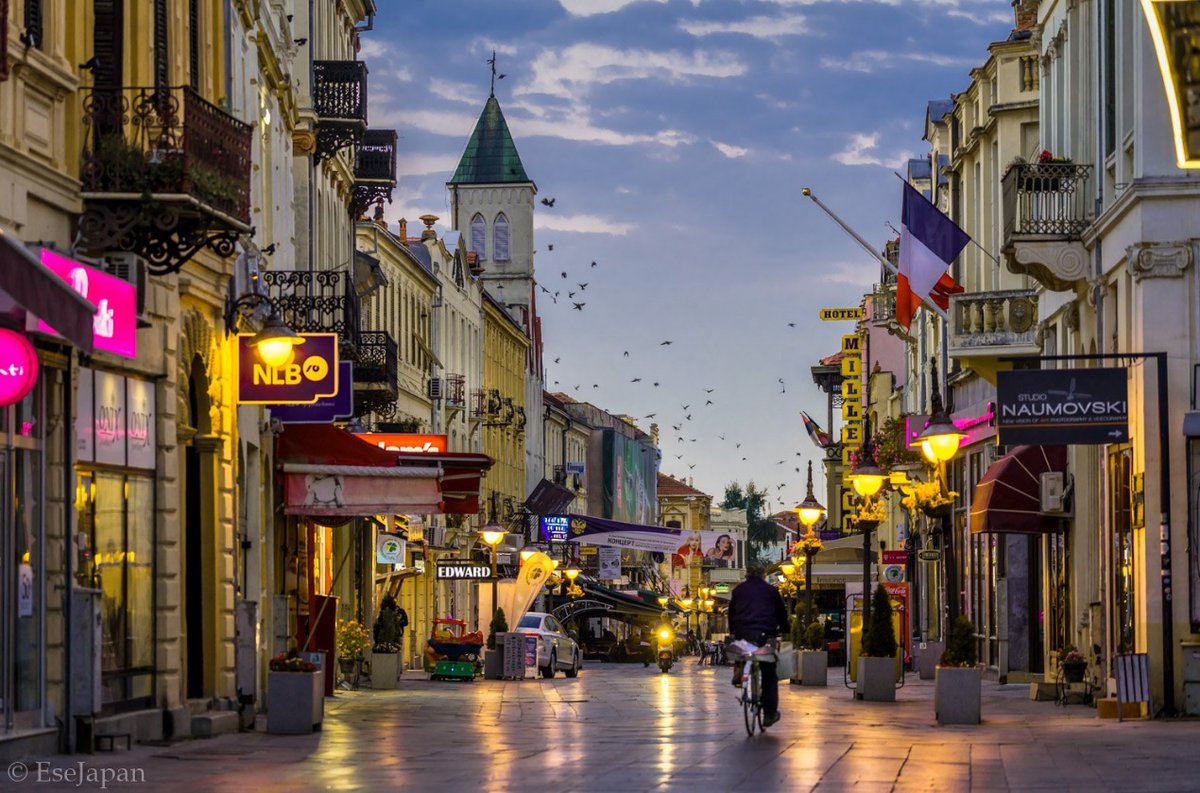
Today Shirok Sokak is a pedestrian street lined with nice colorful romantic and neo-classical buildings and it is the urban heart of Bitola. The street is very lively and you can have your coffee in one of the cafes and blend in with the pace at which people who live here move. Sirok Sokak is the best place to start sightseeing in the city. Starting from Magnolia square, you can check out the Catholic Cathedral, the Officer's House, and in the end the old barracks, where the military academy where Ataturk studied was situated, and which today serves as the city museum. The first consulate in Bitola was established in 1851 by the Austro-Hungarian Empire at that time, precisely at Shirok Sokak. Later it will be done by the British and the French, followed by the consuls from Russia, Italy, Serbia, Bulgaria, and Romania. Currently, the city of Bitola has thirteen consular offices, two of which are general and ten honorary, and almost all of them are located on Shirok Sokak.
Heraklea Linkestis was founded by Philip II of Macedon ( Alexander The Great's father ) in the middle of the 4th century BC. The Romans conquered this part of Macedon in 148. Near the city passed to the Roman Via Egnatia road. In the early Christian period, Heraclea was an important Episcopal seat. In the late 6th century the city was gradually abandoned. First excavations were done before World War I, but it’s since then have the full glories of the ancient city been discovered. Several monuments from the Roman and the early Christian period remain in Heraclea, including a portico (porch) leading to the entrance of a courtroom, thermae (facilities for bathing), an amphitheater - who was once capable of housing an audience of around 3,000 people, the ensembles of the Small and Great basilica, the Grave (Funeral) basilica with a necropolis located east of the theatre, the Episcopal Residence also called Bishop’s Palace and baptistery, aqueduct, water fountains, and they all stand proud in excellent condition. What the site is famous for are the mosaics of the Great basilica, made in the 5th century.

The Clock Tower is located in the very center of the Bitola, where it dominates the space with its height and beautiful surrounding park. It is unknown when Bitola's clock tower was built. Written sources from the 16th century mention a clock tower, but it is not clear if it is the same one. Some believe it was built at the same time as St. Dimitrija Church, in 1830. Legend says that the Ottoman authorities collected around 60,000 eggs from nearby villages and mixed them in the mortar to make the walls stronger. The tower has a square base with sides of 5.8 meters and is about 33 meters high. The massive tower is composed of stone walls, on the north side, there is a semicircular entrance, internal spiral stone stairs, wooden mezzanine constructions, pendentives, and the dome. It is divided into three floors, and on the top is the clock mechanism on all four sides. The uppermost part is a small dome, which offers a beautiful panorama of the consul city and its wider surroundings.
The National Institution – Institute and Museum Bitola is located in one of the most important cultural and historical monuments in Bitola, in the “Old army Barack” building. The significance of this building is not only a result of its monumentality but also of its historical past, the events and the persons who stayed here. Built as a military high school (Idadie) in 1848 when the city of Bitola (Monastir) was the military, administrative, political, and commercial center of European Turkey, the military high school existed until 1900, when it was transformed into Military Academy and as such works until 1909. From 1909 to 1912 it served as high military school – military gymnasium (Harabie), and as such, it worked until 1909. The most important period of the existence of this Military Academy is connected to the period when the cadet Mustafa Kemal Ataturk - the father of Modern Turkey, was educated there. Today in the Museum are kept, preserved, and presented the most valuable cultural and historical treasures from the region. Thousands of exponents from which only a part are exposed, keep the civilization values of different epochs, that way creating the cultural and historical map of the region.
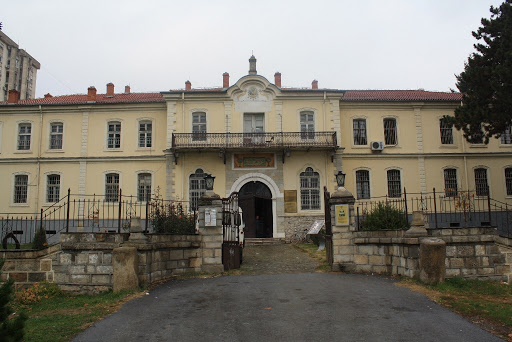
In between the urban city of Bitola, the golden valley of Pelagonija and Lake Prespa, in the south-western part of the Republic of Macedonia, on the northern side of the Baba Mountain massif, there is a beautiful natural area, a national park that covers over 17,150 hectares, named after its highest peak – Pelister (2601 m asl). Overlooking the city of Bitola, the National Park Pelister is deeply embedded in local tradition and culture. Preserved and looked after, it is perhaps the single most accessible, yet seemingly untouched nature resort. Pelister National Park is filled with exquisite flora and fauna. In the Pelister National Park, 88 species of woody trees exist classified in 23 families, 91 species of birds, 35 species of mammals, 10 species of amphibians, and 15 species of reptiles. Among flora elements, the presence is especially significant the Molika pine – Pinus peuce is the best-known feature of National Park Pelister. This species was discovered by the Austrian botanist August Grisebach in 1839. Although the Molika is also found in other mountains of the Balkans, one of the oldest and most compact forest communities can be found on Pelister. By walking on Pelister it is possible to find trees over 230 years old. The beauty of the landscape is enhanced by the diversified wildlife: bears, roe deer, wolves, chamois, deer, wild boars, rabbits, several species of eagles, partridges, red-billed jackdaws, and the endemic Macedonian Pelagonia trout. In the spring and summer, the meadows are colored with many flowers, bathing in the heavenly sun. To view the daily butterflies Scythris crupta nad Scythris similis, which only lives in Pelister, is magical. You can also view the night butterfly Hadena clara macedonica that ist found only in Macedonia. National Park "Pelister" abounds with various types of relief shapes that are formed through long and very complex natural processes. Of all these relief shapes the most characteristic are the Stone Rivers - Morena. At certain places on Pelister, stone rivers and long-range up to 3km. The mountain Pelister traces are stored and diluvial mountain glaciation. They are expressed in the form of zirconс and morens. Of the four zircоns, at Pelister, two are filled with water and exist as glacial lakes.Trademark of Pelister are a number of picturesque clear springs, streams, mountain rivers, waterfalls, and mountain lakes. They are an ornament of the mountain that venerate landscape seep through. The most famous are the two glacial lakes – Big Lake (Golemo Ezero) and Small Lake (Malo Eezero), known as "Pelister Eyes". Big Lake is located at an altitude of 2218 meters and is one of the highest glacial lakes in Macedonia. Length of 223 m, a width of 162 m, and with a depth of 14.5 m, it covers an area of 4.2 ha. About 2 km northwest of Big Lake, at 2180 meters lies Small Lake. With a length of 79 m, a width of 68, and a depth of 2.6 m. These lakes are one of the favorite destinations for the visitors of the Park. The Pelister National Park offers activities for the visitors all year round and is rich in beautiful hiking, biking, and sports areas.
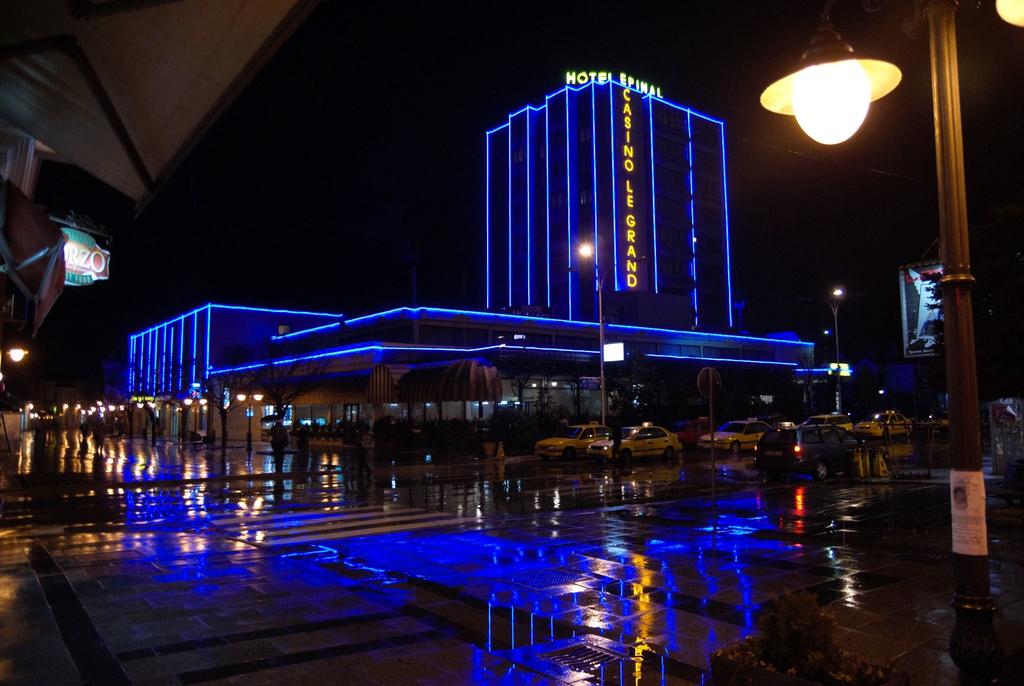
Hotel Epinal ★★★★
Hotel's lively entertainment and amenities will delight your senses and entice you to stay a little longer. Surrounded by some of the most well known points of interest in Bitola this beautiful hotel is ideally located on the main street 'Shirok sokak', 175 km from the Skopje Airport, 180km from Thessaloniki and only 15km from the Greek border.
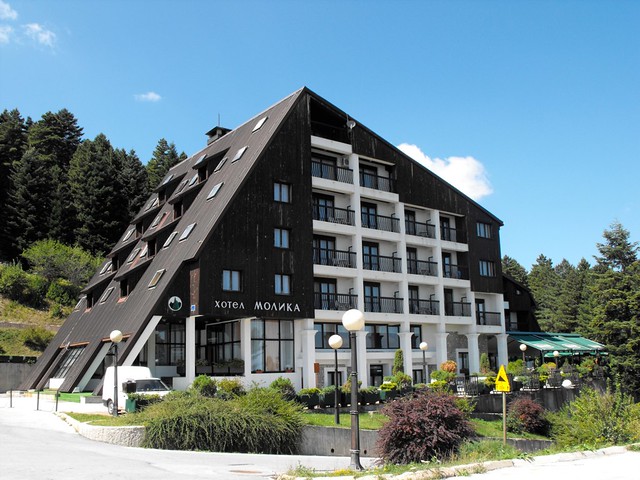
Hotel Molika ★★★★
Hotel Molika represents the pearl of Pelister. One of the rare places where you can become one with the untouched nature, rest from the daily life and enjoy the impeccable service of the hotel’s personnel.
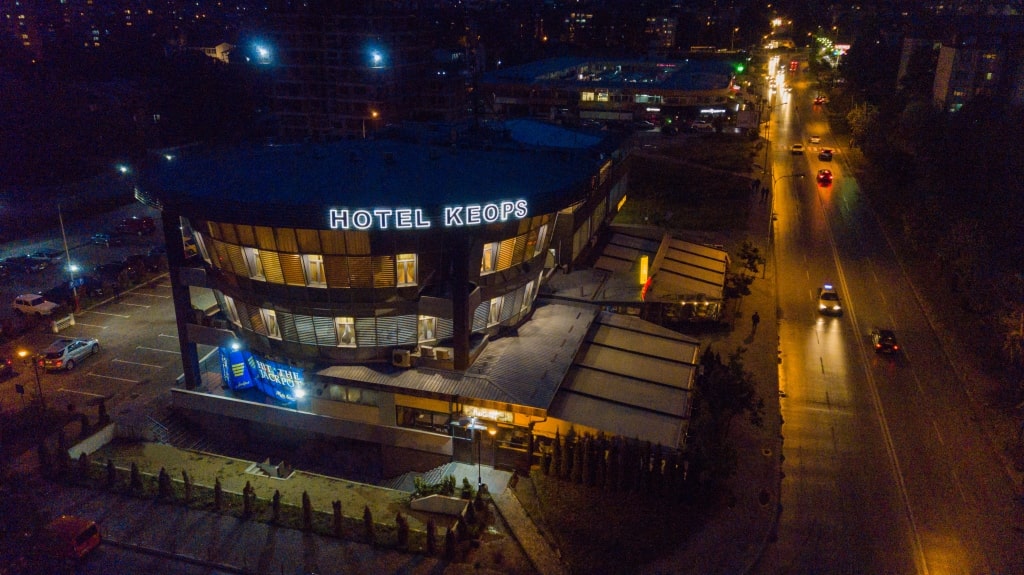
Hotel Keops ★★★★
Хотел Кеопс е нов, модерен и атрактивен хотел, кој ќе Ве освои со својата едноставност, комфор и елеганција. Далеку од дома е дом каде ќе бидат исполнети сите Ваши желби и потреби. За сите посетители на Bitola Outdoor Festival и учесници на настаните, хотелот и ресторанот Кеопс ќе имаат специјални цени за сместување и храна.
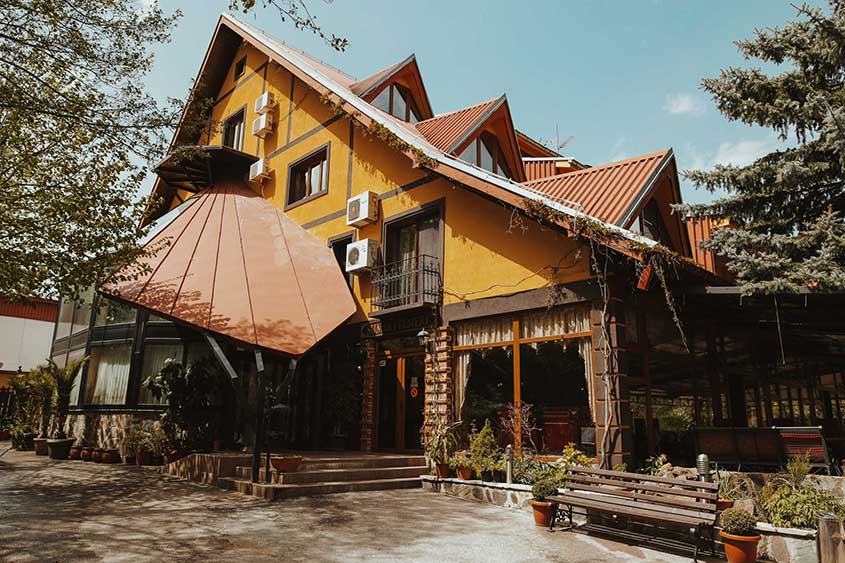
Hotel-Restaurant Sumski Feneri
Овој мал семеен хотел се наоѓа на 900 метри надморска височина во шума, во подножјето на Националниот парк Пелистер еден од најстарите паркови на Балканот.
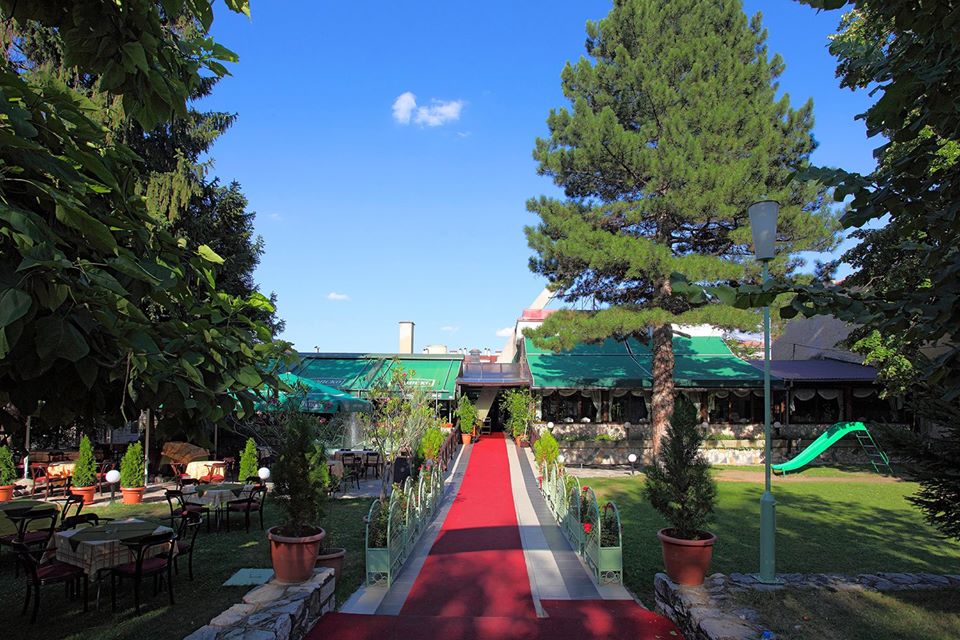
Hotel-Restaurant Korzo ★★★
Хотел Корзо е a супер-модерен, мултифунционален хотел. Лоциран на само 20 метри од напознатата “Главна Улица” попозната како “Широк Сокак”. За сите посетители на Bitola Outdoor Festival и учесници на настаните, хотелот и ресторанот Корзо ќе имаат специјални цени за сместување и храна.
National Park Pelister'
Phone:
+389 75 307 945E-mail:
bitolaoutdoorfestival@gmail.com